Reclaimed Rubber Market Summary
As per MRFR analysis, the Reclaimed Rubber Market Size was estimated at 4.05 USD Billion in 2024. The Reclaimed Rubber industry is projected to grow from 4.478 USD Billion in 2025 to 12.22 USD Billion by 2035, exhibiting a compound annual growth rate (CAGR) of 10.56 during the forecast period 2025 - 2035.
Key Market Trends & Highlights
The Reclaimed Rubber Market is experiencing a robust shift towards sustainability and innovation.
- North America remains the largest market for reclaimed rubber, driven by increasing environmental awareness.
- Asia-Pacific is emerging as the fastest-growing region, reflecting a rising demand for eco-friendly materials.
- The whole tire reclaim segment dominates the market, while the butyl reclaim segment is witnessing rapid growth.
- Key market drivers include the increasing demand for eco-friendly products and the cost-effectiveness of reclaimed rubber.
Market Size & Forecast
| 2024 Market Size | 4.05 (USD Billion) |
| 2035 Market Size | 12.22 (USD Billion) |
| CAGR (2025 - 2035) | 10.56% |
Major Players
Liberty Tire Recycling (US), Bolder Industries (US), Cimcorp (FI), Ecovyst (US), Kraton Corporation (US), Continental Carbon (US), Reclaimed Rubber Products (IN), Adept Rubber (GB), Green Rubber Global (SG)
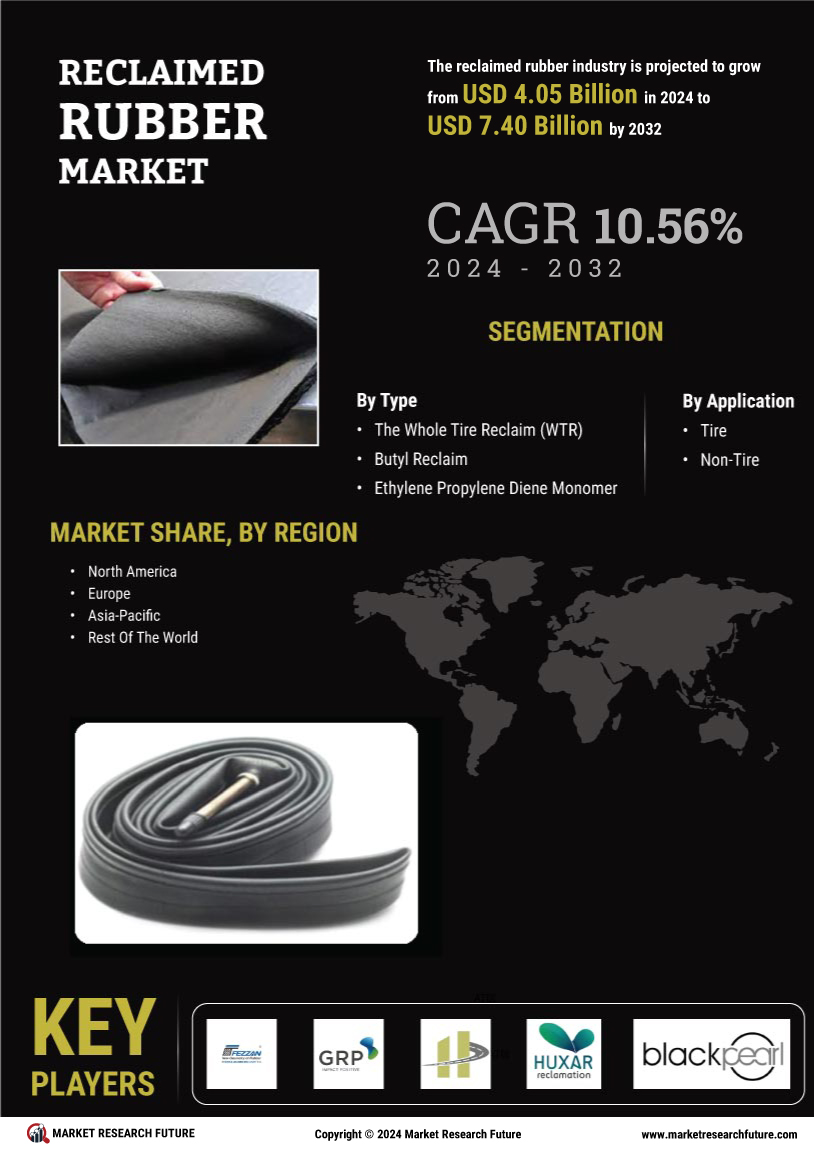

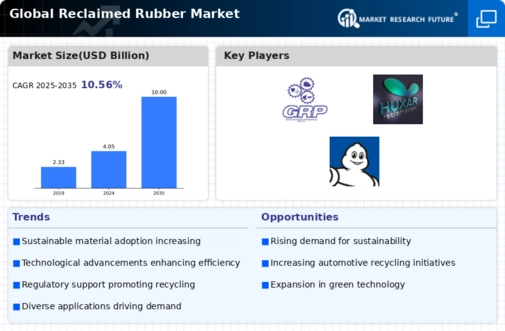
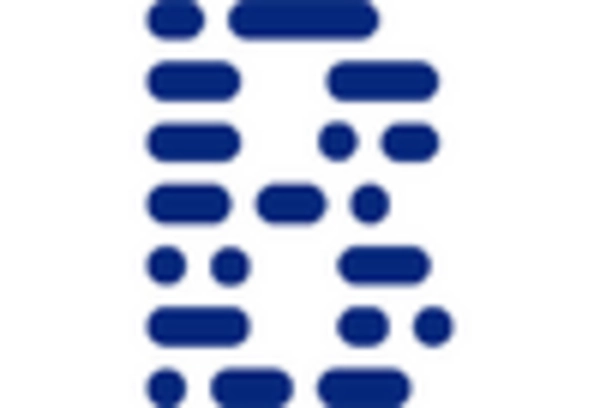
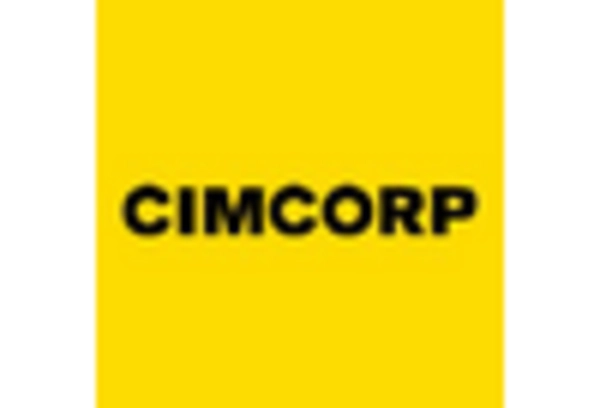

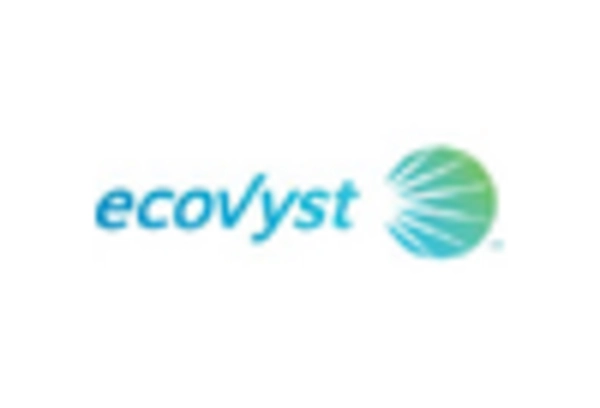

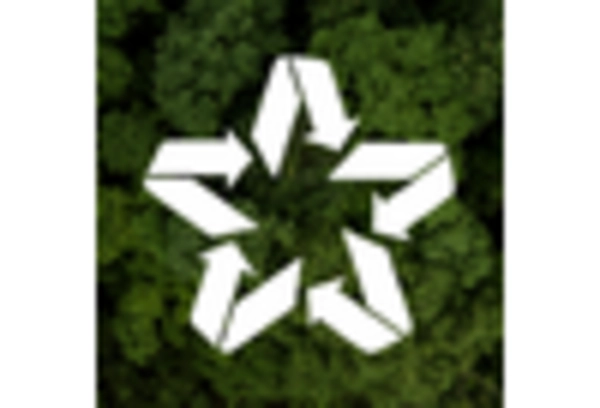








Leave a Comment